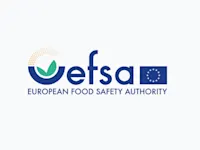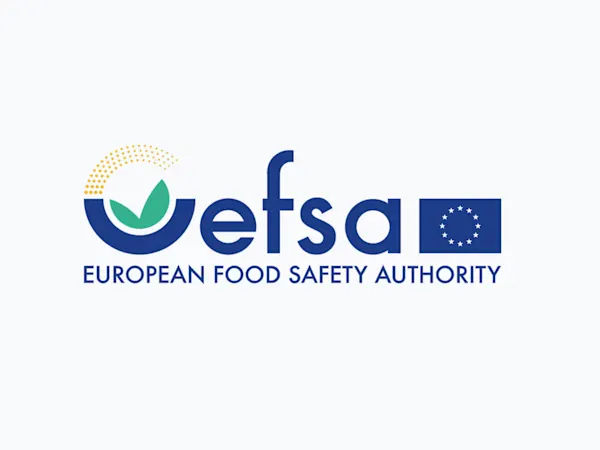The Health and Safety Executive (HSE) of the United Kingdom released an extensive update regarding the Biocidal Products Regulation (BPR) Active Substance List. Aimed at providing detailed supplementary ebulletin information, this initiative addresses the need for extensive data sharing that exceeds the capacity of standard ebulletins. It includes, for example, extensive lists of substances that due to their size, wouldn't be practical or adequately presented within the confines of regular bulletins. HSE emphasizes that while they strive for accuracy, they will not be held accountable for the reliability of the list or any actions taken based on it, stating that the provided information is correct to the best of their knowledge as of the date of preparation.
Decisions on Non-Approval of Active Substances/Product Types
A critical part of the March 2024 update is the announcement regarding the non-approval of 63 active substances/product type combinations in Great Britain, following the withdrawal of support under the GB Biocidal Products Regulation (GB BPR). This decision, made on 2 February 2024, will significantly impact the availability and usage of biocidal products containing these substances.
Key Requirements and Deadlines
- Supply Restrictions: Products containing the listed substances will be banned from being supplied in Great Britain after 2 February 2025.
- Usage Restrictions: The use of such products in Great Britain must cease by 2 August 2025.
- Import and Supply Chain Limitations: New treated articles containing these substances cannot enter the GB supply chain or be imported after 31 July 2024, though those already within the supply chain by this date can continue to be supplied and used.
Impacted Substances/Product Types
Here is the full list affected by the non-approval decisions:
- Esbiothrin - Product Type 18 (Insecticides)
- DMDMH (Dimethylol Dimethyl Hydantoin) - Product Type 13 (Preservatives for products during storage)
- DBNPA (2,2-Dibromo-3-Nitrilopropionamide) - Product Type 4 (Surface disinfectants and similar products)
- Chlorfenapyr - Product Type 18 (Insecticides)
- PAP (Peroxyacetic Acid) - Product Type 1 (Human hygiene biocidal products)
- EDHO - Product Types 6 (Preservatives for products during storage) and 13 (Preservatives for products during storage)
- Active chlorine generated from magnesium chloride hexahydrate and potassium chloride by electrolysis - Product Type 2 (Disinfectants and algaecides not intended for direct application to humans or animals)
- ADBAC (C12-18) - Product Types 1 (Human hygiene biocidal products), 10 (Construction material preservatives), 11 (Preservatives for liquid-cooling and processing systems)
- ADEBAC (C12-C14) - Product Types 1 (Human hygiene biocidal products), 10 (Construction material preservatives), 11 (Preservatives for liquid-cooling and processing systems)
- ADBAC (C12-C14) - Product Types 1 (Human hygiene biocidal products), 3 (Veterinary hygiene), 10 (Construction material preservatives), 11 (Preservatives for liquid-cooling and processing systems), 12 (Slimicides)
- Biphenyl-2-ol - Product Types 7 (Film preservatives), 10 (Construction material preservatives)
- Carbendazim - Product Types 7 (Film preservatives), 10 (Construction material preservatives)
- Chlorine dioxide - Product Types 12 (Slimicides)
- Chrysanthemum cinerariaefolium, extract from open and mature flowers of Tanacetum cinerariifolium obtained with supercritical CO2 - Product Type 19 (Repellents and attractants)
- Cis CTAC - Product Types 6 (Preservatives for products during storage), 13 (Preservatives for products during storage)
- Cyanamide - Product Types 3 (Veterinary hygiene), 18 (Insecticides)
- DDAC (C8-10) - Product Types 1 (Human hygiene biocidal products), 6 (Preservatives for products during storage), 10 (Construction material preservatives), 11 (Preservatives for liquid-cooling and processing systems)
- Sodium persulphate - Product Type 4 (Surface disinfectants and similar products)
- Diuron - Product Type 10 (Construction material preservatives)
- Hydrogen peroxide - Product Types 11 (Preservatives for liquid-cooling and processing systems), 12 (Slimicides)
- Magnesium monoperoxyphthalate hexahydrate (MMPP) - Product Type 2 (Disinfectants and algaecides not intended for direct application to humans or animals)
- Margosa extract from cold-pressed oil of Azadirachata indica seeds without shells extracted with super-critical carbon dioxide - Product Type 18 (Insecticides)
- Mecetronium ethyl sulphate (MES) - Product Type 1 (Human hygiene biocidal products)
- CTAC - Product Types 6 (Preservatives for products during storage), 12 (Slimicides), 13 (Preservatives for products during storage)
- Peracetic acid generated from tetraacetylethylenediamine (TAED) and hydrogen peroxide - Product Type 2 (Disinfectants and algaecides not intended for direct application to humans or animals)
- Bardap 26 - Product Type 4 (Surface disinfectants and similar products)
- Potassium dimethyldithiocarbamate - Product Types 9 (Fibre, leather, rubber and polymerized materials preservatives), 11 (Preservatives for liquid-cooling and processing systems), 12 (Slimicides)
- Sodium pyrithione - Product Type 7 (Film preservatives)
- Zinc pyrithione - Product Type 2 (Disinfectants and algaecides not intended for direct application to humans or animals)
- Reaction mass of titanium dioxide and silver chloride - Product Types 10 (Construction material preservatives), 11 (Preservatives for liquid-cooling and processing systems)
- Silver chloride - Product Type 1 (Human hygiene biocidal products)
- Silver copper zeolite - Product Type 4 (Surface disinfectants and similar products)
- Silver sodium hydrogen zirconium phosphate - Product Types 4 (Surface disinfectants and similar products), 9 (Fibre, leather, rubber and polymerized materials preservatives)
- Silver zinc zeolite - Product Types 2 (Disinfectants and algaecides not intended for direct application to humans or animals), 4 (Surface disinfectants and similar products)
- Sodium Cacodylate - Product Type 18 (Insecticides)
- Sulfur dioxide generated from sulfur by combustion - Product Type 4 (Surface disinfectants and similar products)
- TMAD - Product Types 11 (Preservatives for liquid-cooling and processing systems), 12 (Slimicides), 13 (Preservatives for products during storage)
Implications and Compliance
This update marks a pivotal shift in the regulatory landscape for biocidal products in Great Britain. Manufacturers, suppliers, and users of these products are urged to review the comprehensive list provided by the HSE and prepare for the upcoming changes to ensure compliance with the new regulations. The HSE's effort to disseminate extensive and intricate information reflects their commitment to public health and safety, as well as environmental protection, by regulating potentially harmful substances contained in biocidal products.








